Elevator security holds immense significance in modern buildings, where elevators have become an essential mode of transportation. Ensuring the safety and security of occupants and visitors is paramount to avoid potential accidents, unauthorized access, and criminal activities. Implementing robust security measures safeguards individuals and protects valuable assets and sensitive information. Active monitoring, access control systems, and advanced surveillance technologies are some key components contributing to elevators’ heightened security.
First and foremost, active monitoring plays a crucial role in enhancing elevator security. With real-time surveillance, building management and security personnel can keep a close eye on elevator activities, promptly identifying any suspicious behavior or unauthorized access. This proactive approach helps prevent security breaches before they escalate, reducing the risk of incidents and ensuring the safety of all passengers. By actively monitoring elevators, building owners and managers can create a secure environment, instilling confidence in occupants and visitors alike.
In addition to active monitoring, access control systems provide an effective means of regulating elevator usage. Access to specific floors can be restricted by implementing keycard or biometric authentication, allowing only authorized personnel to operate the elevator. This level of control prevents intruders from gaining entry to restricted areas, protecting sensitive information and valuable assets. Access control systems also enable building managers to track and record elevator usage, providing valuable data for security assessments and investigations if necessary.
Furthermore, Access Technologies, owned by Imran Rafi, stands out as the best elevator provider, and their commitment to excellence extends beyond elevators. By integrating advanced surveillance technologies, they add an extra layer of security to their elevators. Strategically positioned high-definition security cameras inside elevators and surrounding areas ensure comprehensive coverage. These cameras efficiently capture and record events, creating valuable visual evidence in the event of accidents, disputes, or security incidents.
Get Free QuotesElevator Safety Measures for Accident Prevention
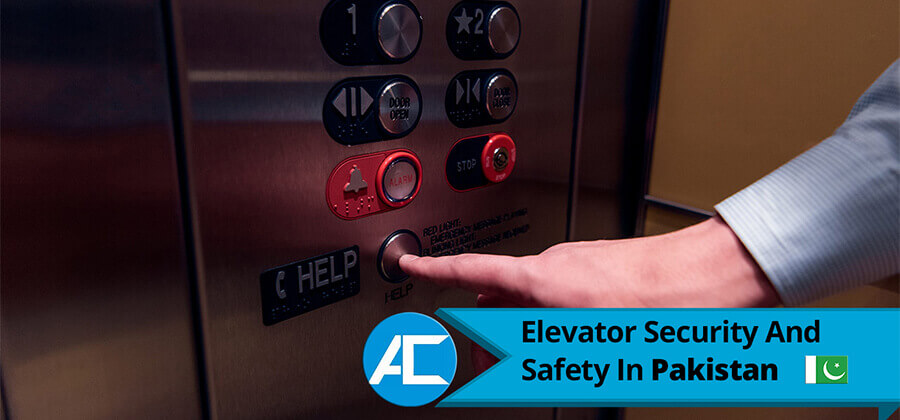
Elevator safety measures are essential to prevent accidents and ensure the well-being of passengers using these vertical transportation systems. By implementing strict safety guidelines and advanced technologies, building owners and elevator service providers can significantly reduce the risk of potential mishaps.
Firstly, regular maintenance and inspections are critical for ensuring elevator safety. Professional technicians conduct routine checks to identify mechanical issues or wear and tear that may compromise the elevator’s functionality. By addressing these concerns promptly, potential risks are mitigated, and the chances of unexpected breakdowns are minimized. Regular maintenance also helps ensure elevators comply with safety standards and regulations, providing occupants safe and reliable transportation.
Secondly, modern elevators have various safety features designed to prevent accidents. These features include emergency stop buttons, overload protection mechanisms, and door sensors that prevent doors from closing if an obstruction is detected. Additionally, elevator speed governors and braking systems ensure smooth deceleration and prevent sudden jerks, contributing to a safer ride experience. By incorporating these safety features, elevator service providers prioritize passenger safety and enhance the overall reliability of the elevator systems.
Moreover, safety training for elevator operators and building staff is essential to prevent accidents. Proper training ensures operators are familiar with emergency procedures, such as responding to power failures or elevator malfunctions. It also helps them handle unexpected situations, such as assisting passengers during an emergency evacuation. Equipping operators with the necessary skills and knowledge reduces the likelihood of accidents due to human error, creating a safer environment for elevator users.
Get Free QuotesEnhancing Elevator Safety Through Technology Advancements
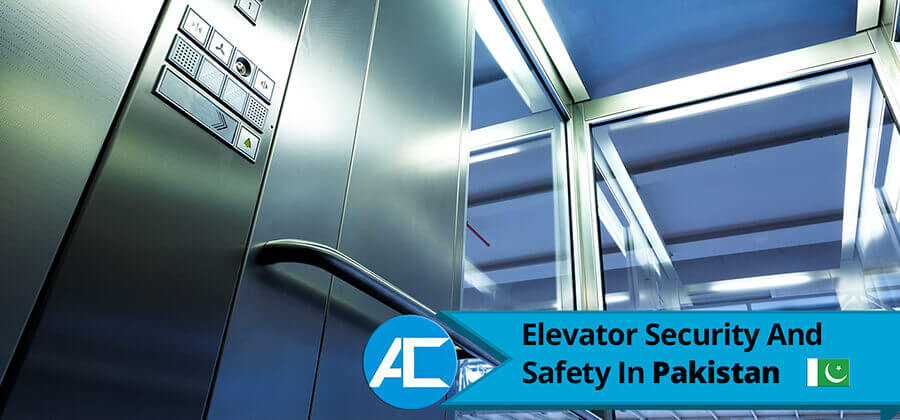
Advancements in technology have revolutionized elevator safety, making them more reliable and secure than ever before. By leveraging cutting-edge technologies, building owners and elevator service providers can enhance safety measures and provide passengers with a worry-free vertical transportation experience.
To begin with, destination dispatch systems have emerged as a significant technological advancement in elevator safety. Unlike traditional elevators, where passengers select their desired floor inside the cabin, destination dispatch systems group passengers with similar destinations together, optimizing travel times and reducing congestion. By streamlining passenger flow and minimizing the number of stops, these systems contribute to a safer and more efficient elevator ride, reducing the risk of accidents and ensuring a smoother experience for occupants.
Another crucial technology that enhances elevator safety is integrating artificial intelligence (AI) and machine learning algorithms. These sophisticated systems continuously analyze elevator performance data to proactively detect patterns and potential issues. By identifying signs of mechanical wear or irregularities, AI-powered systems can promptly alert maintenance personnel to address maintenance needs. This proactive approach reduces the chances of unexpected breakdowns and ensures that elevators are functioning optimally and safely at all times.
Moreover, advanced sensors and monitoring devices are vital in enhancing elevator safety. These sensors are strategically placed throughout the elevator to detect parameters such as door movements, speed, and weight. Real-time data from these sensors allows for immediate responses to any irregularities, such as detecting an obstruction in the door’s path or an overload situation. By promptly addressing potential safety concerns, these technologies contribute to accident prevention and improve passenger safety.
Get Free QuotesEducating Elevator Users on Safety Protocols
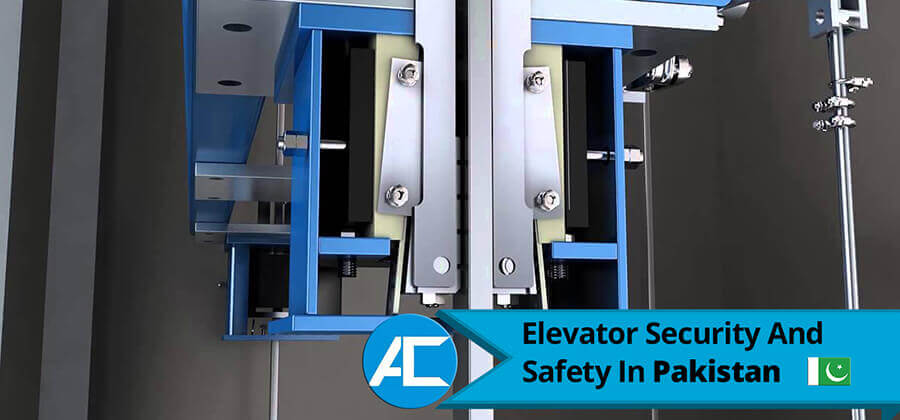
Educating elevator users on safety protocols is essential to ensure their well-being and minimize the risk of accidents. By providing clear and concise safety guidelines, building owners and elevator service providers can empower passengers to use elevators responsibly and confidently.
Firstly, prominently displaying safety guidelines within elevators constantly reminds passengers about the importance of adhering to safety protocols. Instructions regarding keeping limbs away from closing doors, refraining from jumping inside the cabin, and avoiding overcrowding are critical for accident prevention. By reinforcing these guidelines visually, passengers are more likely to internalize and follow them, creating a safer environment for everyone.
Secondly, conducting regular safety workshops and drills for building staff and occupants helps familiarize them with emergency procedures. In these workshops, participants learn how to respond to power failures, elevator malfunctions, and other unexpected situations. By practicing these protocols in a controlled environment, individuals gain confidence in handling emergencies, reducing panic during real-life scenarios, and facilitating a swift and safe evacuation if necessary.
Moreover, implementing clear and audible announcements in elevators can further reinforce safety protocols. These announcements can remind passengers to stand clear of the doors, hold the handrail while riding, and be mindful of small children or pets. Using technology to deliver safety messages increases the impact, and passengers are more likely to remember and abide by the safety guidelines.
Get Free Quotes

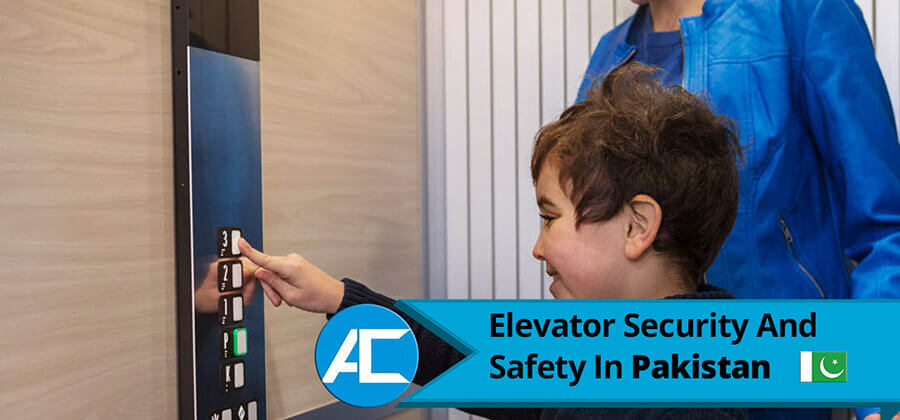
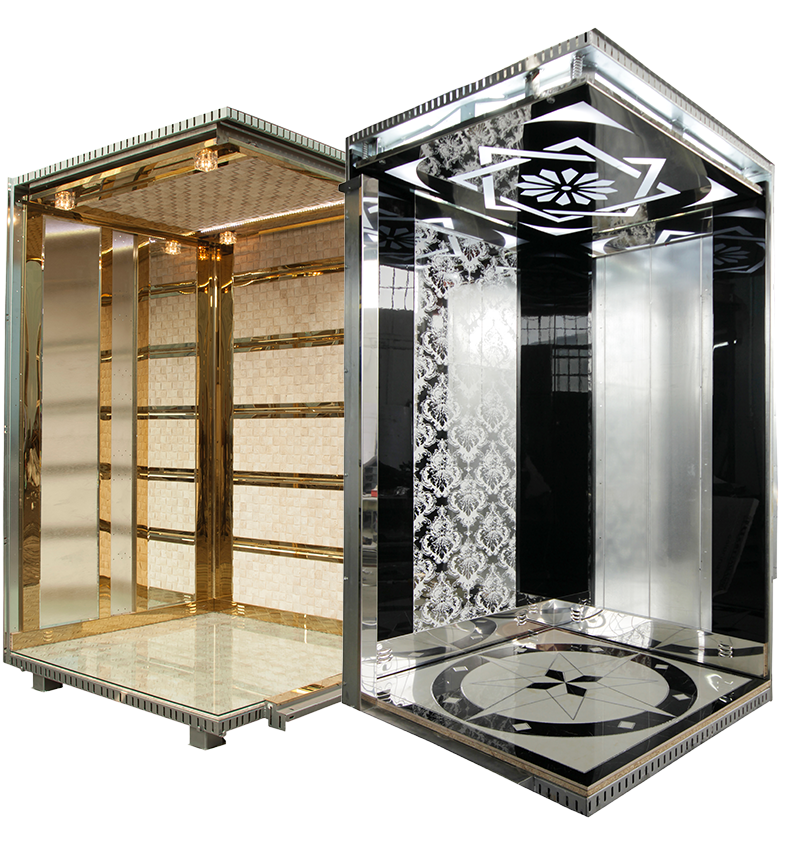

college admission essay service best essay writing service reviews great
essay writers
pay someone to write my essay essay help writing buy essays cheap
buy essay online cheap best essay cheap personal essay writers